
Date: 8 October 2019
A focus was placed on effective pre-construction laboratory mock-ups (PMUs), as well as quality control field testing in a presentation by Intertek Regional Sales Director, Jose Colon.
Colon's presentation reviewed the performance characteristics of a building's exterior walls that can be gained through the testing process.
"Understanding these concepts allows for a better management of risk by verifying the designs and performance of these walls both in the lab and in the field," said Colon at the start of his presentation. "Attendees will leave with an understanding of benefits of testing to manage performance, as well as the difference between pre-construction laboratory mock-up tests and quality control field testing."
Colon invited participants to look at the characteristics of different type of buildings and their exterior enclosure explaining why a lab pre-construction mock-up is needed and recommended. This included the basics of field testing, and how lab and field testing are identified in specifications.
When considering enclosure design and construction, Colon suggests asking, What is the real goal?
"Is it aesthetics? LEED? Having a functional building?" said Colon. "Determine that, and design accordingly."
Design has four phases, said Colon: pre-design, design, construction and post-occupancy.
"The enclosure must reflect the occupants' use, climatic conditions, heating and cooling, and life cycle expectations," said Colon about pre-design.
The design phase centers around selection of systems and components, as well as reviewing construction sequencing and scheduling. It also deals with system compatibility, considering workmanship dependency on performance, thermal modeling and more.
"A pre-construction mock-up is basically a full-size representation of the exterior wall system, built and tested before the wall design is complete in order to verify construction details, test performance and to judge appearance," said Colon.
PMUs should include all typical details for job, an accurate representation of the wall design, specialty details, all anchorage types and conditions, support/end conditions, longest spans, corners and system transitions.
"The architects, consultants, building owners and manufacturers determine what building conditions need to be tested in the case of specific projects," said Colon.
Colon then discussed field testing, which differs from lab testing in that lab testing is performed to certify or validate product performance ratings, whereas field testing is performed on newly installed products to verify performance and installation.
"Conduct field testing as early as possible," he said. "You want to detect possible problems prior to completion of the project."
For more information about Intertek, visit http://www.intertek.com. More information about AAMA and its activities can be found on the AAMA website, https://aamanet.org.
 600450
600450












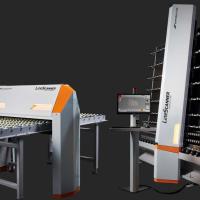
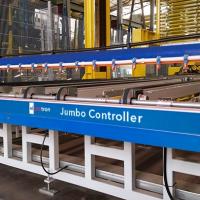
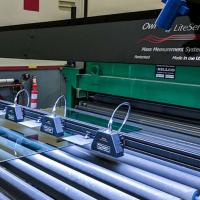
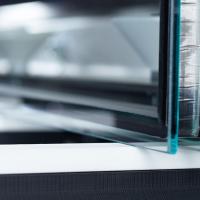

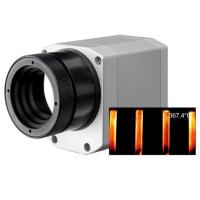
Add new comment